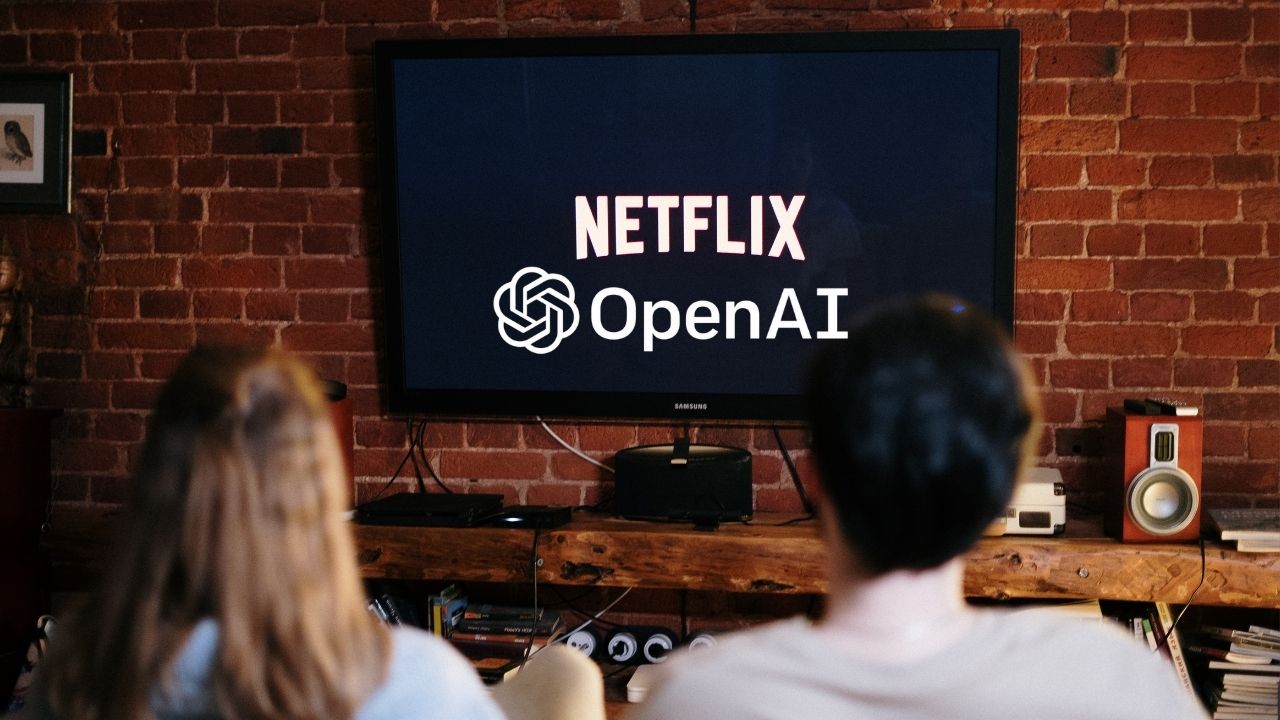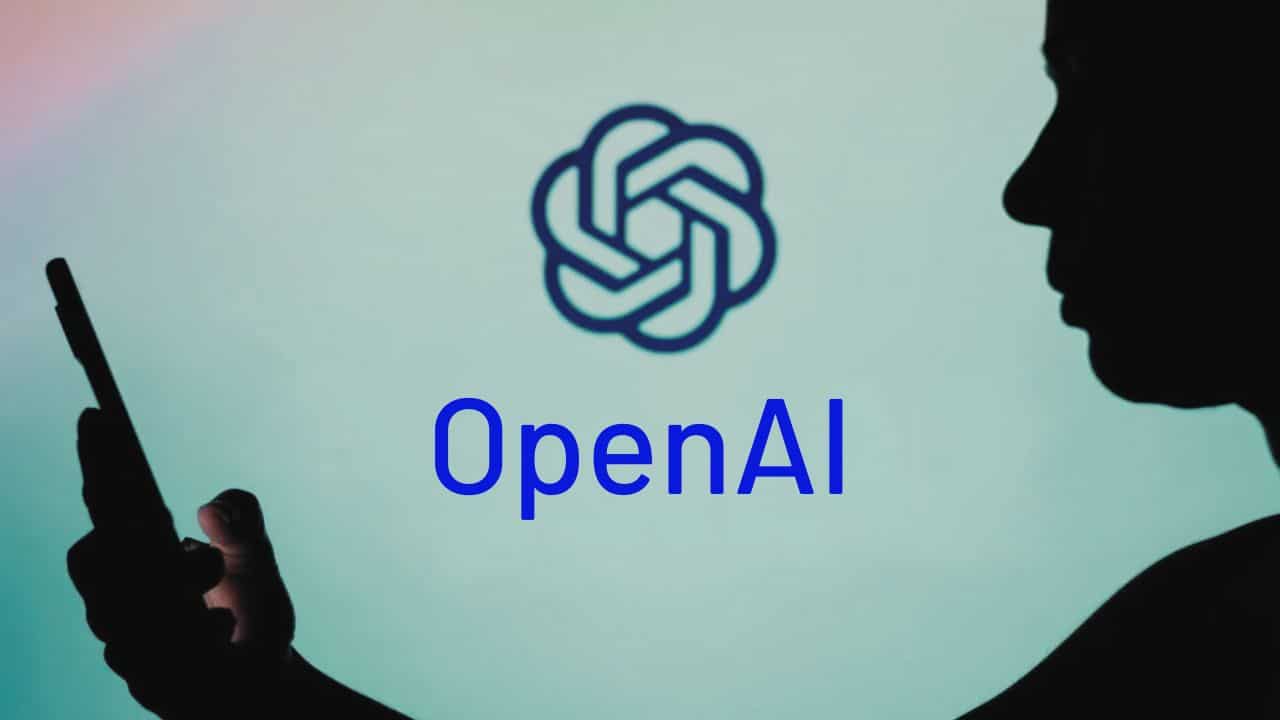The buzz around artificial intelligence (AI) is louder than ever, and a lot of that excitement is thanks to innovative tools like ChatGPT.
Developed by OpenAI, a company supported by Microsoft, this chatbot has become the talk of the town. It’s not just about its chat capabilities; ChatGPT can write code, craft poetry, and even pen essays in a manner that’s eerily similar to humans.
This has prompted other tech bigwigs to jump into the race, aiming to launch their own advanced products that can match or surpass ChatGPT‘s prowess.
And it’s not just chatter – the money is flowing in too. Right now, the global AI market stands at a whopping $142.3 billion (€129.6 billion), and projections show that by 2030, this could skyrocket to close to $2 trillion.
We’re already witnessing AI’s influence in our daily lives. From aiding governments and businesses to assisting everyday folks, AI systems are making things smoother and data-driven. But, like any tech evolution, AI isn’t without its challenges and concerns.
AI has a Big Carbon Footprint
For AI models to function effectively, they need to “digest” heaps of data. Think of it like this: if you want an AI to recognize a car’s image, you have to show it millions of car photos. Similarly, chatbots like ChatGPT are given a massive serving of text from the internet to master human language.
All this heavy-duty data munching takes place in data centers, and let me tell you, it’s no small feat. It’s like a virtual gym workout, requiring tons of computing strength and gulping down energy.
Anne Mollen, a researcher from the Berlin-based NGO Algorithmwatch, drops a truth bomb on us: “Data centers and their networks are responsible for 2-4% of global CO2 emissions.” And guess what? That’s pretty much in line with the carbon footprint of the entire aviation industry. While not all of this is due to AI, it certainly plays a significant role.
Researchers from the University of Massachusetts, Amherst, made a startling discovery in a 2019 study. They found out that training a typical large AI model can pump out as much as 284,000 kilograms (626,000 pounds) of carbon dioxide equivalent. That’s almost five times the carbon footprint of a car’s entire life, including its production!
Benedetta Brevini, an associate professor from the University of Sydney, Australia, and the brains behind the book “Is AI good for the planet?”, was floored by these figures. “I was taken aback when I first came across these numbers,” she exclaimed.
She illustrated her point further: “Imagine flying from London to New York. That trip causes about 986 kilos of carbon emissions. But training just one of these AI models? A staggering 284,000 kilos.” She urges, “We really need to talk about how we can cut down on this massive carbon footprint.”
Let’s clarify something: the carbon emissions figures from the Massachusetts study were for one of the more power-hungry AI models. Not all AIs are that demanding. Some smaller ones can hum along just fine on your laptop without guzzling much energy. But the big league players? The ones that use deep learning techniques for tasks like curating our social media feeds or powering chatbots like ChatGPT? They’re in a different ballpark, requiring a ton of computing muscle.
And the story doesn’t end once these AI models are trained. Every time you use an online translator or when a chatbot chimes in with a reply, that’s the AI in action, and it’s racking up emissions each time. Think about how often that happens daily!
Mollen from Algorithm watch sheds more light on this, pointing out that this “in-action” phase could be responsible for a whopping 90% of an AI’s total carbon emissions throughout its existence.
So what can be Done to Tackle AI’s Footprint?
Brevini believes that when it comes to AI, we should be thinking green right from the get-go. This means starting with the way we design and train our algorithms.
“We’ve got to zoom out and look at the bigger picture – not just the energy and emissions, but the materials we’re using and the e-waste we’re producing,” she points out.
Mollen throws in another perspective: instead of continually going big on AI models, why not go smart? She hints at toning things down a bit. Maybe use smaller data sets or run these models on the slickest, most efficient hardware out there.
She also brings up the location game. Placing data centers in spots powered by clean energy and where they won’t guzzle up water can make a world of difference. For instance, if you compare a massive facility in the US or Australia, where a good bit of energy still comes from fossil fuels, to one in Iceland, where they’re tapping into geothermal power and taking advantage of the cool climate, it’s a no-brainer which is the greener option.
On the bright side, many tech behemoths are already getting their green game on. Google claims to have a carbon footprint of zilch, thanks to their green investments. They’re eyeing a switch to 100% carbon-free energy by 2030. Microsoft is upping the ante with plans to go carbon negative by the same year, leaning on tech like carbon capture. And Meta? They’re gunning for net-zero across the board by 2030.
But let’s not forget the water. Data centers are thirsty beasts, and in places like Santiago, Chile, that’s causing some waves. Mollen flags an issue with Google’s data center there: it’s exacerbating drought conditions. Unsurprisingly, locals aren’t thrilled, and they’re making their voices heard against such developments.
Emissions aside, How is AI being Used?
While many big tech firms are trying to trim down AI’s energy appetite, David Rolnick, a computer science assistant professor at McGill University in Canada and co-founder of Climate Change AI, thinks there’s a larger elephant in the room.
He believes we should be paying more attention to how AI accelerates activities that aren’t exactly climate-friendly. Take advertising algorithms, for instance. Rolnick points out that they’re designed to rev up our buying habits, and that comes with its own environmental price tag.
And there’s more. Rolnick mentions a study by Accenture and the World Economic Forum which forecasts that by 2025, AI and advanced data crunching could boost profits in the oil and gas sector by a cool $425 billion.
Greenpeace has thrown some shade on the ties between tech giants like Amazon, Microsoft, and Google and big oil companies. Their beef? Companies like Shell, BP, and ExxonMobil are leveraging AI to pump up their fossil fuel game. Greenpeace says this move throws a wet blanket on the lofty climate goals set by these tech powerhouses.
The good news? Google’s listening. They’ve promised to back off from crafting specialized AI tools for fossil fuel extraction.













































